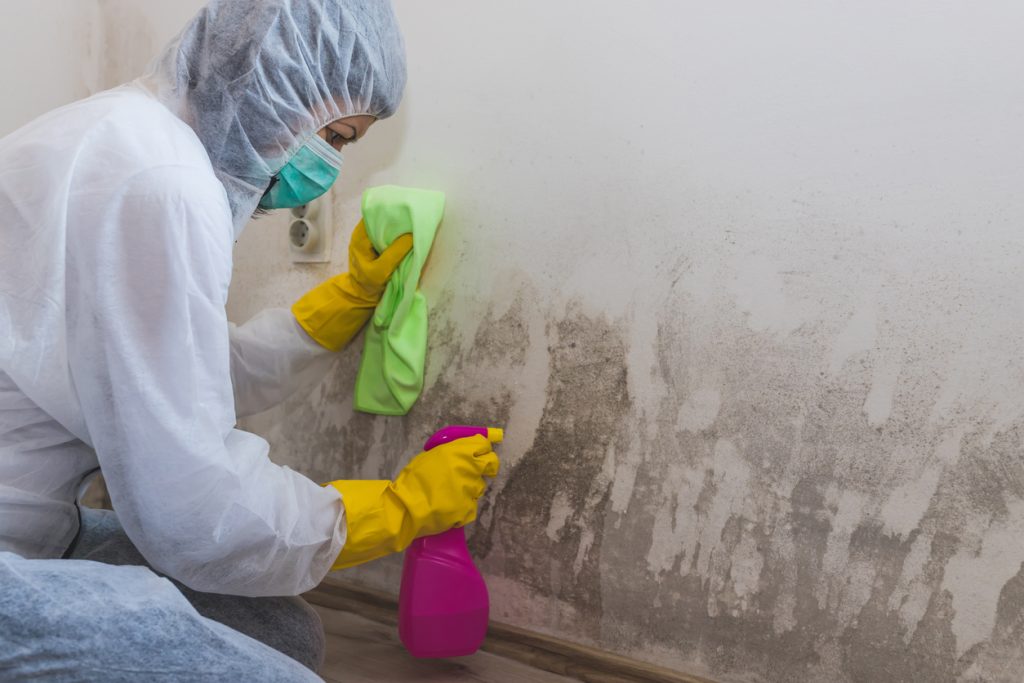Customizable uniforms have become a crucial element for teams across various industries, from sports to corporate settings, seeking to enhance their identity, efficiency, and professionalism. These uniforms are not just about appearances; they serve as a tool for fostering team cohesion, promoting a strong brand image, and optimizing performance. The ability to customize uniforms allows organizations and sports teams to reflect their unique culture and values, setting them apart from competitors while boosting morale and pride among team members. One of the most significant advantages of customizable uniforms is their impact on team unity. When each member wears a uniform tailored to reflect a shared identity, it fosters a sense of belonging and camaraderie. For sports teams, this is especially important, as athletes are often more motivated when they feel a deep connection to their teammates and the organization they represent.
A uniform designed with elements that reflect the team’s heritage, colors, and logo instills a sense of pride and purpose, both on and off the field. In a corporate context, custom uniforms can achieve a similar sense of unity, helping employees feel like part of a larger mission. This sense of team spirit can lead to increased collaboration, improved communication, and a more positive work environment, which are key components for success and efficiency. They allow for adjustments in design to accommodate the specific needs of the team or industry. For example, in sports, uniforms can be designed to enhance an athlete’s performance by incorporating breathable fabrics, moisture-wicking technology, and flexible cuts that allow for greater movement and check that https://dongphuc.aristino.com/ao-polo-dong-phuc/ for full details. These practical elements of design are not only functional but also contribute to the overall comfort and confidence of the wearer, which is crucial for peak performance.
In corporate settings, uniforms can be customized to reflect the professional standards of the business, while also incorporating elements like pockets, adjustable fits, and durable materials that increase comfort and longevity. Customizable uniforms ensure that team members are equipped with clothing that suits the unique demands of their work environment. Whether on the sports field or in the corporate world, the right uniform sends a message about the team’s level of competence, attention to detail, and commitment to excellence. A well-designed, cohesive uniform communicates that the team is serious about their goals and strives to maintain high standards. For sports teams, a sharp and cohesive look can intimidate opponents and boost the confidence of athletes, knowing they are presenting themselves at their best. In business, custom uniforms give clients and customers the impression that the team or company is organized, reliable, and dedicated to its mission.




